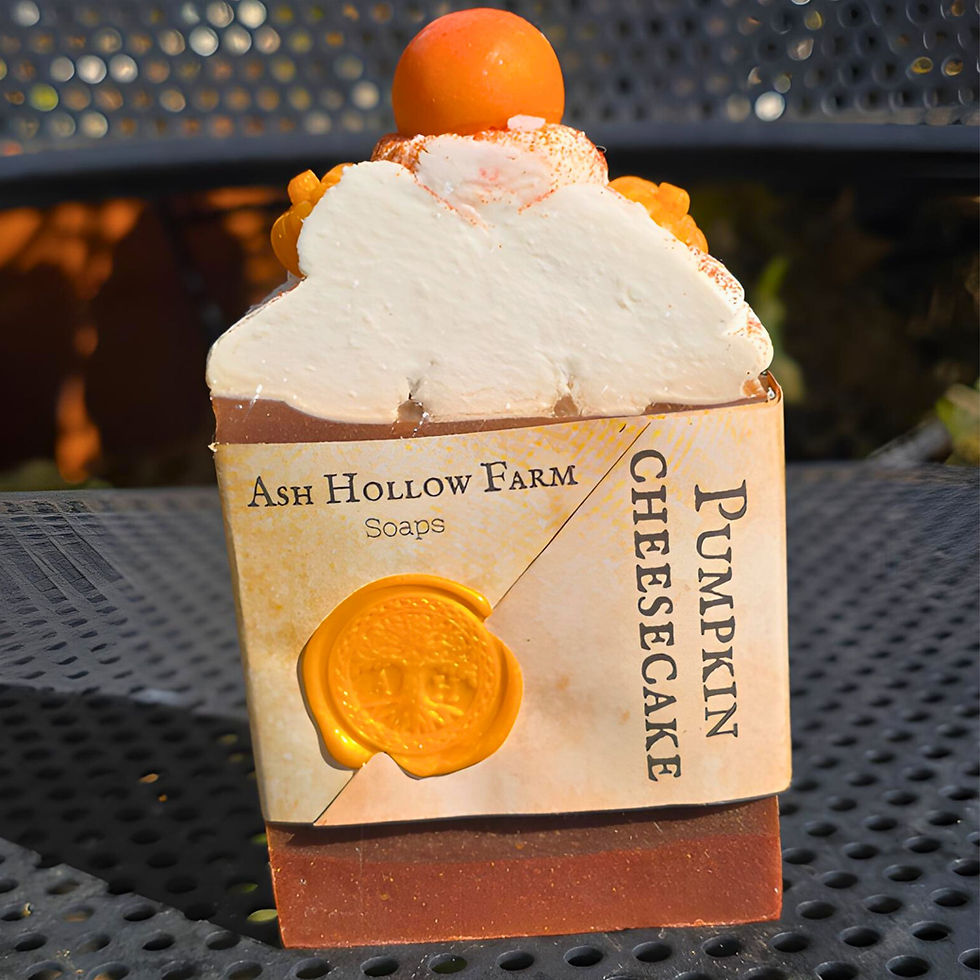Nasturtium Flower seed mix
This beautiful annual flower is edible, a wonderful companion plant to keep pests away from your main garden staples, a ground cover, a garnish for food, and a bright and cheery accent to any yard! They have a taste similar to radishes and are rich in vitamin C. They are extremely easy to grow and low maintenance. These grow fast and are absolutely loaded with flowers. With this mix, you will have reds, yellows, oranges, deep reds, and blooms that have multiple colors. Some of these seeds will sprout, as usual, and some will vine, but all will be amazing to look at.
These are drought-tolerant and thrive in poor-quality soil. We grow these every year as they deter the bad bugs from the garden. These do great at deterring leaf miners away from your leafy greens, as well as attracting beneficial insects.
Seed count: 20
Botanic name:
Tropaeolum majus
Plant spacing:
12 inches apart
Color:
This is a mix of reds, yellow, oranges, and tri-color blooms.
Sowing depth:
1 inch
Sun requirements:
Full sun
Utilization:
These are edible and are delicious on sandwiches, in salads, or used as a gardnish. These attract pollinators and deter petsts.
Frost hardy:
Yes, these can survive light frosts
Maturity days:
40 - 50 days
Life cycle:
Annual
Can I start indoors:
Yes
Container friendly:
Yes
Other names:
Capuchina, Capucine, Cresson d'Inde, Grande Capucine, Indian Cress, Tropaeolum, and Tropaeolum majus
Growing Instructions:
Starting Indoors:
Timing: Start seeds indoors 4-6 weeks before the last expected frost in your area.
Soaking: Soak the seeds in water for 4-8 hours to encourage germination.
Containers & Soil: Use biodegradable pots or seed starting trays filled with seed starting mix.
Planting: Plant seeds about 1/2 inch deep, 2 seeds per pot.
Conditions: Place pots in a warm (70-75°F) location with plenty of sunlight or under grow lights. Keep the soil moist but not soggy.
Thinning: Once seedlings have a few sets of true leaves, thin to one seedling per pot.
Hardening Off: Before transplanting outdoors, gradually acclimate seedlings to outdoor conditions over a period of 7-10 days. Start by placing them in a sheltered spot outdoors for a few hours each day, gradually increasing the duration of exposure.
Transplanting Outdoors:
Timing: Transplant after the danger of frost has passed and seedlings have been hardened off.
Location: Choose a sunny location with well-drained soil. Nasturtiums tolerate poor soil but prefer it to be slightly acidic.
Spacing: Space plants 10-12 inches apart.
Planting: Carefully transplant seedlings, being mindful not to disturb the roots. Water well after transplanting.
Direct Sowing Outdoors:
Timing: Sow seeds directly in the garden after the danger of frost has passed.
Location: Choose a sunny location with well-drained soil.
Planting: Sow seeds 1/2 inch deep and 10-12 inches apart. Water well after sowing.
Thinning: Once seedlings have a few sets of true leaves, thin to one seedling every 10-12 inches.
Additional Tips:
Watering: Water regularly, especially during dry periods, but avoid overwatering.
Fertilizing: Nasturtiums don't require heavy fertilization. You can fertilize them once or twice during the growing season with a balanced fertilizer.
Deadheading: Deadhead spent flowers to encourage continuous blooming.
Pests & Diseases: Nasturtiums are generally pest and disease resistant. However, they can be susceptible to aphids and powdery mildew. Monitor plants regularly and take action if necessary.
Enjoy your vibrant and edible Nasturtiums!
Please remember that specific planting and transplanting dates will depend on your local climate and the last expected frost date in your area. You can consult a local gardening resource or use an online planting calendar to determine the best timing for your location.
































